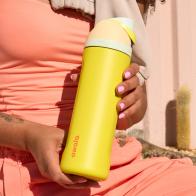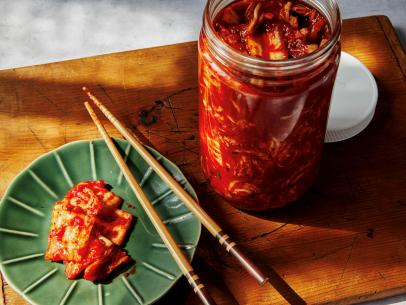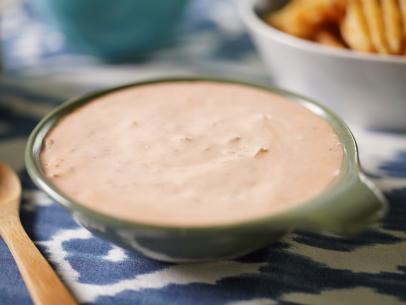
- Level: Intermediate
- Total: 1 day 1 hr 15 min
- Active: 30 min
- Yield: about 6 cups
-
- Nutritional Analysis
- Per Serving
- Serving Size
- 1 of 4 servings
- Calories
- 121
- Total Fat
- 1 g
- Saturated Fat
- 0 g
- Carbohydrates
- 26 g
- Dietary Fiber
- 7 g
- Sugar
- 13 g
- Protein
- 6 g
- Cholesterol
- 2 mg
- Sodium
- 959 mg
- Level: Intermediate
- Total: 1 day 1 hr 15 min
- Active: 30 min
- Yield: about 6 cups
-
- Nutritional Analysis
- Per Serving
- Serving Size
- 1 of 4 servings
- Calories
- 121
- Total Fat
- 1 g
- Saturated Fat
- 0 g
- Carbohydrates
- 26 g
- Dietary Fiber
- 7 g
- Sugar
- 13 g
- Protein
- 6 g
- Cholesterol
- 2 mg
- Sodium
- 959 mg
Ingredients
Directions
Special equipment:
Digital kitchen scale, Measuring cups, Measuring spoons, Chef’s knife, Cutting board, Extra-large bowl, 2 medium bowls, Gallon-size zip-top bag, Plastic gloves, 2 wide-mouthed quart-size glass canning jars with lids- Place the cabbage in a large bowl, sprinkle with 2 tablespoons (17 grams) of the salt, and toss to coat. After 15 minutes, massage and squeeze the cabbage until it begins to release liquid. Set aside for another 15 minutes, then massage again and set aside for another 15 minutes.
- Place the daikon in a medium bowl and season with the granulated sugar and 1 teaspoon of the salt. Set aside for 15 minutes.
- Whisk the gochugaru, water, brown sugar, and the remaining 1 teaspoon salt in a third medium bowl to form a coarse paste.
- To make the kimchi flavor paste, use either a mini-food processor, mortar and pestle, or immersion blender and a jar to puree the pear, onion, 10 grams (about 1/6) of the ginger, 6 grams (about 1/4) of the garlic, and the salted shrimp until smooth. Add this to the gochugaru mixture and stir to combine.
- Squeeze as much liquid as you can from the daikon without breaking the pieces and add to the cabbage, along with the scallions, the remaining ginger and garlic, and the kimchi paste.
- Position a gallon-size zip-top bag inside a pitcher or some other vessel that will allow it to be held open for loading. Wearing disposable gloves, mix the kimchi paste into the cabbage mixture with your hands, being sure to thoroughly coat the cabbage with the paste (see Cook’s Note).
- Transfer the mixture to the plastic bag, then ditch the gloves and seal the bag, working out as much air as possible. The lactic acid bacteria that will magically transform the humble ingredients into kimchee prefer anaerobic environments.
- Place the sealed bag flat on a sheet pan or large baking dish and leave at room temperature until the mixture has bubbled enough to inflate the bag, at least 24 hours, but possibly up to 3 days. Transfer the kimchi and its liquid into two wide-mouthed quart-size glass jars with lids and refrigerate. Consume immediately for very fresh kimchi, or leave it for a month for a kimchi that’s deeply flavored, well-rounded, and slightly effervescent.
- Refrigerated, kimchi will basically never go bad and will actually improve in flavor for months after going into the jar. Cooking will mellow its flavors, so if it gets too funky for you, it’s time to make kimchi fried rice.
Cook’s Note
Can you skip the gloves? Technically, yes. But if you use your bare hands, be prepared to have your hands feel like they’re on fire for a few hours. You could, of course, use a large spoon or tongs, but in our tests, those have proven a lot less effective than hands. The choice is yours.

































